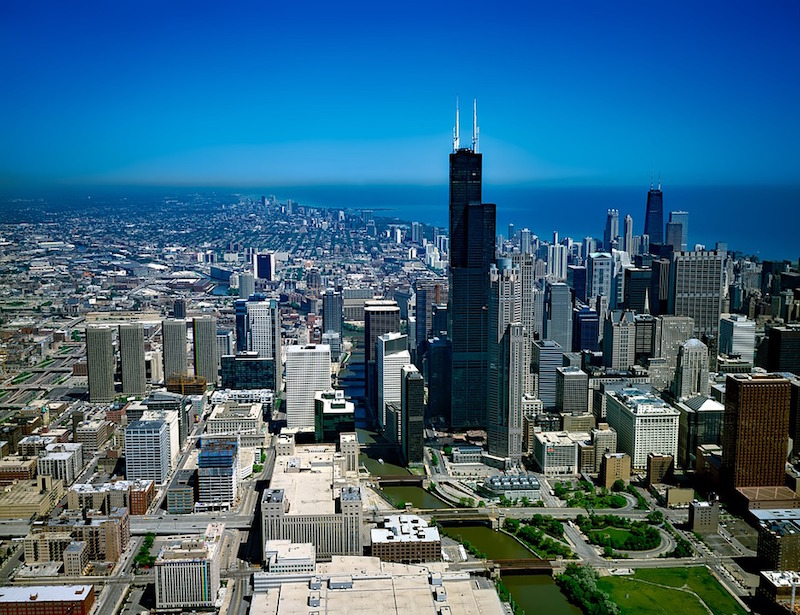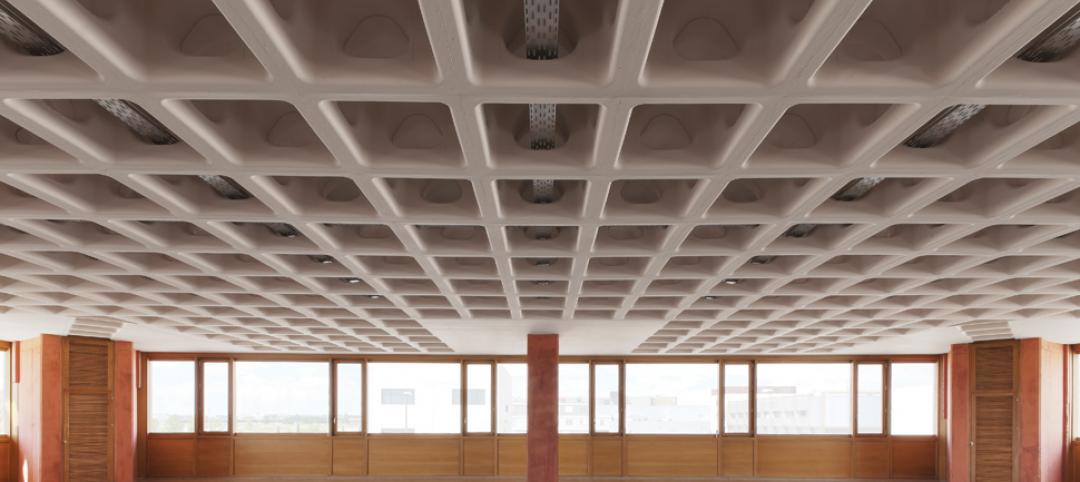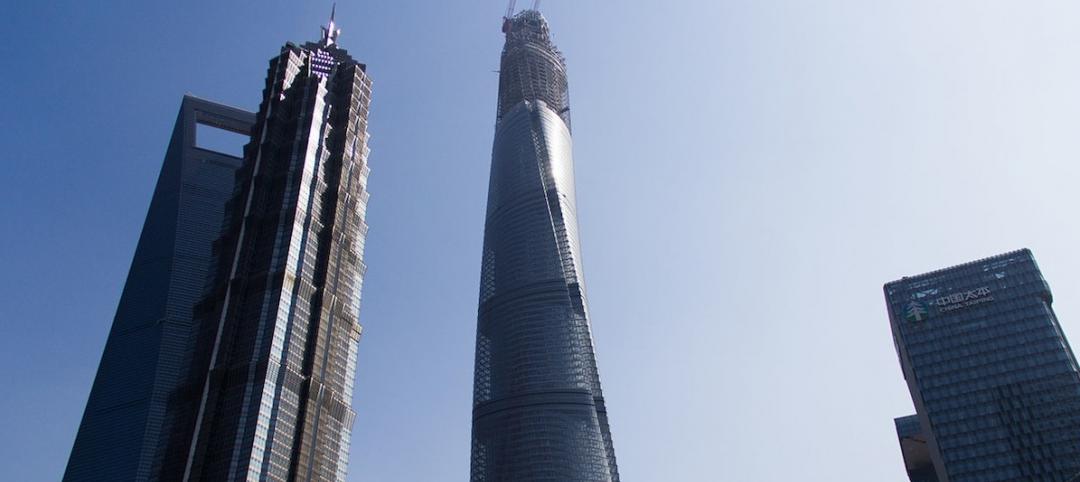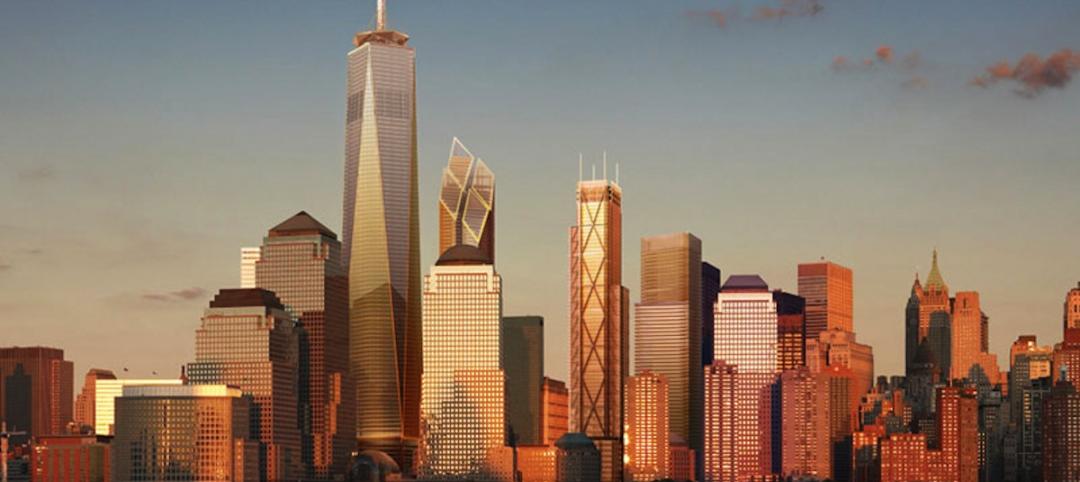The taller the building, the more prestigious it appears. At least, that’s how the thinking goes. Recently, cities around the world are beginning to use tall buildings to show off their wealth and prosperity in the same way professional athletes use garages filled with Ferraris, Aston Martins, and Lamborghinis.
Sure, tall buildings provide a way of maximizing space in crowded cities, but a report from the Council on Tall Buildings and Urban Habitat (CTBUH) points to the fact that many supertalls around the world have hundreds of feet of non-occupiable space. This “vanity height” as it is referred to, exists purely as a design element and to make the building taller.
In fact, if you eliminate vanity height, 44 of the world’s 72 supertalls (the number at the time of the report using July 2013 data) would measure less than 300 meters, losing their supertall status. The tallest of these building’s is Guangzhou’s 390-meter CITIC Plaza. Seeing these tall buildings only to realize so much of it is purely for aesthetics is like buying a large bag of chips only to discover a third of it is filled with air.
In terms of sheer height, the Burj Khalifa is the most egregious vanity height offender. 244 meters at the top of the world’s tallest tower is non-occupiable, that’s a whopping 800 feet. In other terms, if the Burj Khalifa’s vanity height were a building in its own right, it would be Europe’s 11th-tallest building.
In terms of percentage, another Dubai building is the worst offender. 39% of the Burj Al Arab’s height is non-occupiable space. However, at the opposite end of the spectrum, Dubai is also home to The Index, which has a vanity height of only four meters, or 1% of the buildings overall height.
New York has three of the worst offenders with the Bank of America Tower (131 meters, 36%), New York Times Tower (99 meters, 31%), and One World Trade Center (134 meters, 25%). The Empire State Building, however, plays the role of New York’s Index, as it loses just 1% of its height to non-occupiable space.
Measuring building height has been a fairly subjective practice over the years. Spires are counted toward height (which some view as counterproductive and rewarding vanity height) while antennae are not. In 1998, the then Sears Tower lost its title of tallest building in the world to Petronas Towers despite being almost 250 feet taller when its antennae were included and also having a higher occupiable top floor. The Petronas Towers’ spires, which are included in the building’s height, reach 1,483 feet in the air while the Sears Tower without its antennae, which are not included in its overall height, only reaches 1,454 feet. With the antennae the Sears Tower is 1,707 feet.
The now Willis Tower lost out again to vanity height in determining the tallest building in the United States. The Willis Tower’s roof is 442.1 meters high while One World Trade Center’s roof is 417 meters high. Again, however, One World Trade Center’s spire counts towards its height, bringing it up to 1,776 feet and giving it the distinction of being the tallest building in the U.S.
So what does all of this mean? Well, not much, except the list of the tallest buildings in the world would be shuffled around a bit if spires, masts, and antennae were counted toward a building’s overall height or, conversely, if buildings were just measured to their top floors.
But there really isn’t a simple solution: completely occupiable or not, the Burj Khalifa is still the tallest structure ever created (to this point. Jeddah Tower will take the title when it is completed, most likely with quite a bit of non-occupiable space of its own). But if you allow spires, antennae, or other non-occupiable components to count, then some architects and developers could add comically large elements to their structures just to get the accolade of tallest structure in the world.
Regardless, whichever way you measure it, architects are continuing to push the boundaries of what is possible in terms of building height as more tall buildings than ever are popping up in cities around the world.
Related Stories
High-rise Construction | Jul 13, 2015
CTBUH honors top innovations in skyscraper design
The Holedeck coffer slab system is among the breakthrough technologies and projects recognized by the Council on Tall Buildings and Urban Habitat with Performance and Innovation Awards.
Multifamily Housing | Jul 9, 2015
Melbourne approves Beyoncé inspired skyscraper
The bootylicious tower is composed of 660 apartments and a 160-room hotel at the west end of Melbourne's business district.
High-rise Construction | Jul 7, 2015
Bjarke Ingels designs Frankfurt skyscraper with a surprise in the middle
Several levels in the center of the 185-meter tower are shifted outward to allow for terraces with city views.
High-rise Construction | Jul 5, 2015
ASHRAE releases design guide for skyscrapers
Tall buildings present unique and formidable challenges to architects and engineers because of their size, location in major urban areas, and multiple, complex occupancies, says Peter Simmonds, author of the guide.
High-rise Construction | Jun 23, 2015
The world's best new skyscrapers for 2015
One World Trade Center and Abu Dhabi's Burj Mohammed Bin Rashid Tower are among the four towers named Best Tall Buildings by the Council on Tall Buildings and Urban Habitat.
Office Buildings | Jun 17, 2015
Daniel Libeskind unveils 'talking towers' design for Rome development
The scheme will drastically change the Eternal City’s skyline: three angular towers that look like they’re “in conversation with one another.”
High-rise Construction | Jun 15, 2015
Cornell Tech breaks ground on world's first Passive House residential high-rise
To achieve Passive House standards, Cornell Tech Residential will incorporate a number of sustainability-focused design elements. The façade, constructed of a prefabricated metal panel system, acts as a thermally insulated blanket wrapping the building structure.
High-rise Construction | Jun 15, 2015
‘Stacked box’ skyscraper proposed for Vancouver
The scheme by German architect Ole Scheeren involves 48 stories with multiple volumes of rectangles protruding out of several floors toward different directions of the city.
Office Buildings | Jun 9, 2015
Bjarke Ingels unveils stepped design for final WTC tower
The towering "staircase" will rise from St. Paul’s chapel to the skyline, leaning against One World Trade Center.
Office Buildings | Jun 9, 2015
Hines planning $300 million office tower for Denver skyline
Designed by Pickard Chilton, the 640,000-sf tower is geared for large-scale tenants, with features like floor-to-ceiling glass, a 5,000-sf fitness center, a tenant lounge, and a series of outdoor terraces.

















